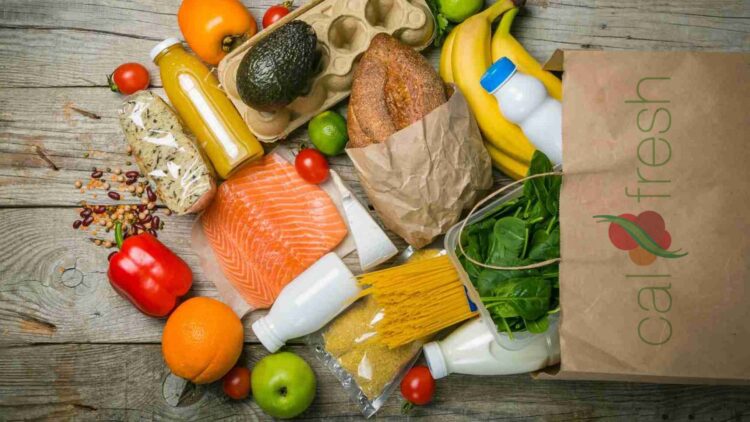If you use CalFresh, (the state version of SNAP) in California, you should probably know about new federal regulations.They are already changing who can access and who can keep these food assistance under the Fiscal Responsibility Act (FRA) and the One Big Beautiful Bill Act (OBBB).
They are now subject to age limits up to 64, work requirements, and a 3-month time limit during a 36-month period, the focus is on ABAWDs (Able-Bodied Adults Without Dependents).
The U.S. Department of Agriculture (USDA), authorized temporary relief for the state although the changes are federal.
However, many of the thousands of people who depend on CalFresh will be facing limitations a this will have a major effect on family budgets, stability, and food supply.
What changed and who is affected
ABAWDs are at the center of the transformation. The One Big Beautiful Bill Act changed the age range under these regulations from 18 to 54 to 18 to 64. This suggests that the category that is subject to restrictions now includes more adults who are able to work and do not have dependents. The regulation is clear: unless work requirements of at least 80 hours per month (work or job and training activities) are fulfilled, there is a 3-month time limit for obtaining food benefits within 36 months. Furthermore, some disadvantaged groups are no longer covered by the Fiscal Responsibility Act’s (FRA) temporary protections.
If the 80 hours each month are not fulfilled, the three-month clock keeps running, so time here is really important. For someone who was previously outside the range, like someone who is 59 or 63, this can mean the difference between keeping help and losing it.
Although the change’s goal is to increase labor participation, many workers will actually need to rearrange their schedules in order to keep their benefits. It is more of a stricter filter instead of a penalty.
The temporary exemption in California
Even when the federal regulations were signed into law in July 2025. California gets a short relief. The USDA approved a state permission that extends the deadlines for ABAWDs from February 1, 2025, to January 31, 2026. To put it another way, no state beneficiary will need to fulfill the employment requirements in order keep their food benefits until January 2026.
However, it’s not that long, and you will still need time to prepare yourself for the change: gathering information, arranging paperwork, looking into job or training opportunities, and understanding how the regulations apply to your specific situation.
Remember the most important requirements:
- At least one member of the household must be a citizen of the United States or have a specified legal immigration status.
- The household’s income must be below the federal poverty levels (in California, typically up to 200% of the federal level).
The state exemption temporarily suspends the application of the 3-month time limit within 36 months for ABAWDs between the ages of 18 and 64. Avoiding surprises later can be made easier by preparation today.
Getting ready for the next steps
The FRA and OBBB extended the age range, tightened the qualifications for ABAWDs, and kept the 3-month time limit if the 80 monthly hours of labor requirements are fulfilled. However, California has a U.S. Department of Agriculture (USDA) authorization that enables people to continue receiving food benefits without completing those conditions through January 31, 2026. In the interim, what should you do? Verify your proof of income, establish whether your household is below the federal poverty threshold, check your citizenship or immigration status, and, if you are an ABAWD, think about employment or training opportunities now so you’ll be prepared when the exemption expires.
The best way to go through CalFresh changes without getting affected, is to be ahead with all the information.

